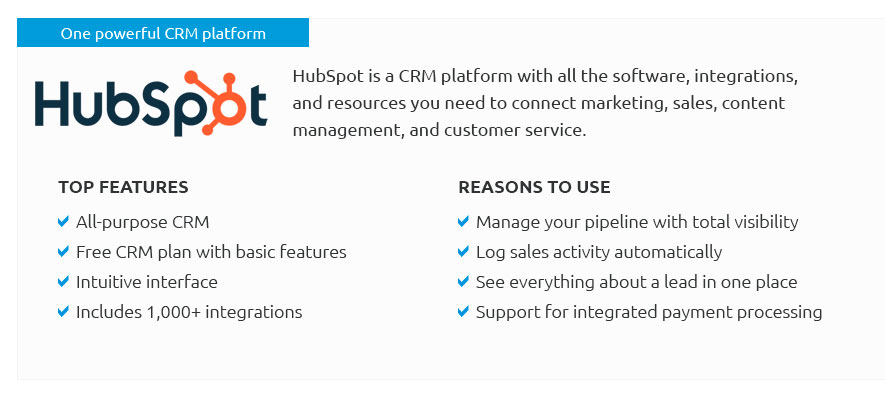 |
 |
 |
 |
 |
 |
|
 |
|
 |
|
 |
|
 |
|
 |
|
 |
 |
|
iez9eh2zl Unlock the full potential of your business with our definitive CRM software review, where we dive deep into the best CRM platforms that are revolutionizing project management with game-changing heat map features; imagine a world where you can visualize team productivity at a glance, pinpoint bottlenecks before they become setbacks, and drive your projects forward with unparalleled precision-this is not just another tool, it's your strategic partner in achieving unprecedented success.
https://raidlog.com/risk-heat-maps/
The Heat Map's color-coded system instantly highlights the severity of risks, allowing project managers to prioritize and focus on the most critical aspects. https://www.runn.io/blog/resource-heatmap
A resource heatmap allows project managers and all individuals involved to identify which resources are overloaded or under-utilized, and which ... https://www.atlassian.com/data/charts/heatmap-complete-guide
A heatmap (aka heat map) depicts values for a main variable of interest across two axis variables as a grid of colored squares.
|